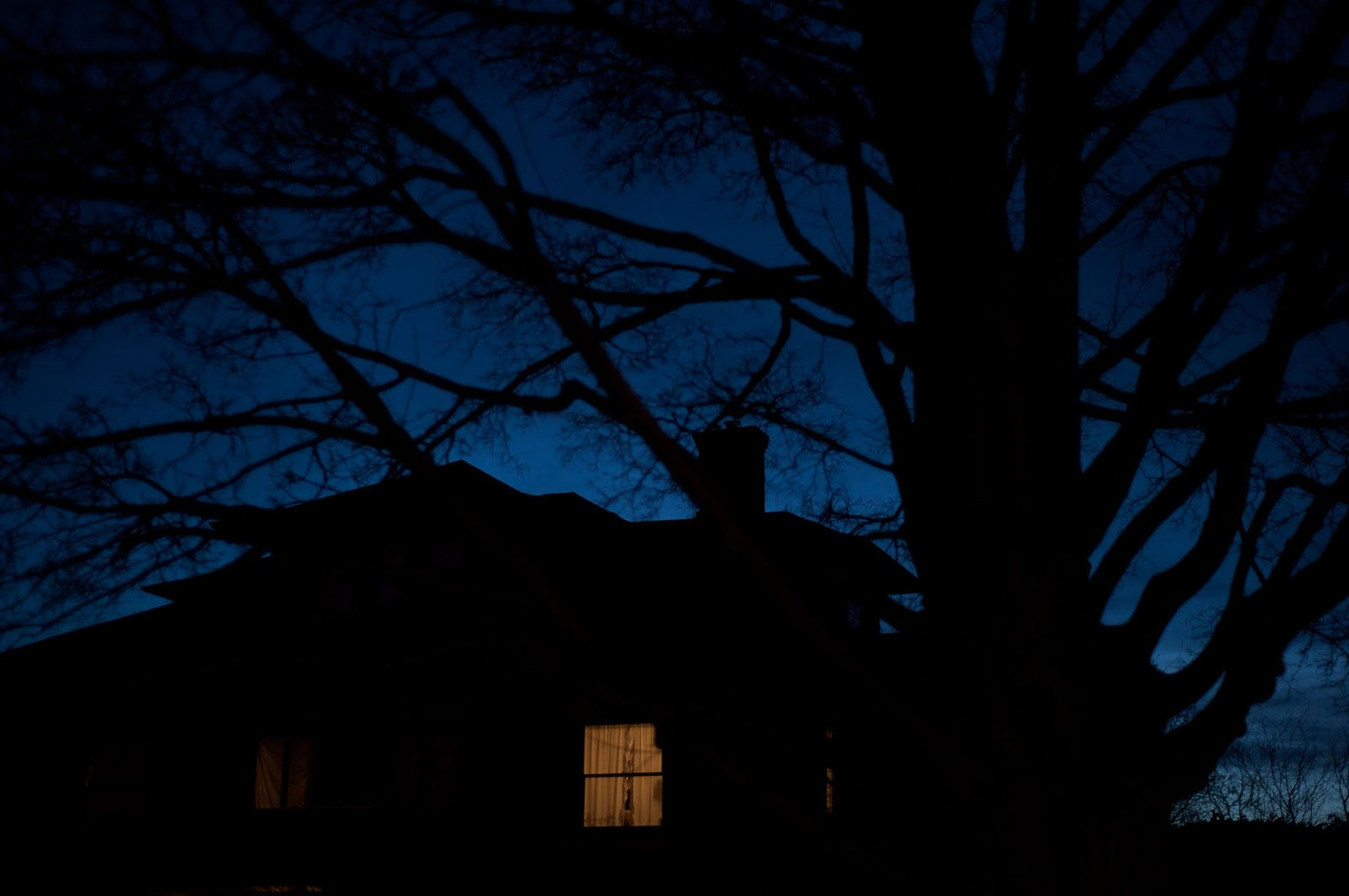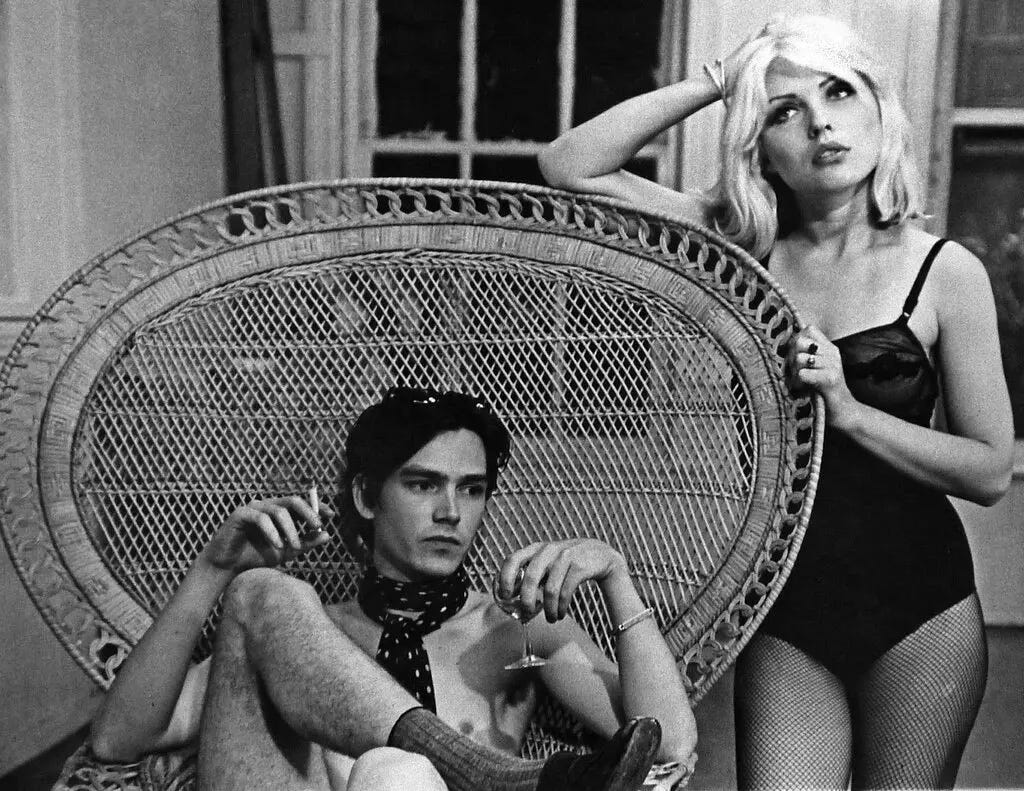Substack Reads: The end of pop culture; high jinks at Glastonbury. Plus: What comes after Roe v. Wade?
In many ways, the past week has felt like one of extremes. On one hand, global headlines dissect the overturning of Roe v. Wade, while social media is filled with the antics of revelers returning to Worthy Farm for Glastonbury ’22.
Here on Substack Reads, we want to cover both extremes, with a lighthearted Glastonbury account by former politician Tom Watson (yes, politicians go to music festivals, and yes, things get very messy indeed); while author and activist Jessica Valenti contemplates what the Supreme Court’s decision will mean for her daughter.
You’ll notice that Jessica’s piece was recommended by one of our readers, and we’re keen to hear from more of you about the writers and podcasters you’re enjoying on Substack. Let us know who you’re reading by sharing their name and Substack, plus a link to the piece you loved, in a comment.
As ever, we wish you a wonderful weekend and week ahead!
BUSINESS
Could Indonesia be the most impressive country on earth?
Why its story of change and development should be wider-known
—Noah Smith in Noahpinion
Indonesia’s postcolonial history is violent and turbulent. In the 1960s the army, with support from the U.S. CIA, committed a mass slaughter of half a million suspected communists. In 1998 there was a huge series of riots against ethnic Chinese people, which ended up toppling the country’s dictator at the time.
Given its natural challenges and this bloody and chaotic history, it’s all the more remarkable that Indonesia is now one of the freest and most democratic [countries] in its region, with a higher Freedom House ranking than Malaysia, the Philippines, or Singapore. Since the fall of the dictator Suharto in 1998, the country has had four peaceful transitions of power (though one of these was an impeachment of a president who tried to dissolve the parliament). Minority rights have improved over time. Though the country is about 87% Muslim, and did have a bit of Islamist terrorism for a while, this has mostly faded in recent years, and the country is generally looked upon as a model for peaceful Islam.
NOSTALGIA
What not to do at Glastonbury
As the British music festival returns to form, former deputy Labour leader Tom Watson looks back on his “vintage” Glastonbury year

It started with a can of Thatchers cider in a muddy field and ended at 3 a.m. in the Silent Disco. I’d drunkenly chronicled the binge on Snapchat, which was lifted by several newspapers and broadcasters.
It was so ridiculous that I made it onto Gogglebox! People started to dress in parody clothes to go to parties.
While the drinking continued in the Bread and Roses bar, Jeremy Corbyn sacked shadow foreign secretary Hilary Benn. By the time I woke up at about 8 a.m., there were more than 100 missed calls and texts on my phone.
I had to get back to London and fast. My head was spinning. Calls were coming in, and my phone battery was running out.
I missed the return train to London by two minutes. That day was like an episode of The Thick of It.
I answered the phone to a team member: “Get off that fucking platform. You’ve been papped. And do NOT get on the next train. There’s a media pack heading your way.” I felt hunted.
A READER RECOMMENDS
What to tell our daughters
Jessica Valenti grapples with what the reversal of Roe v. Wade means for the next generation of women
—Jessica Valenti in All in Her Head, recommended by reader Lisbeth Darsh
My daughter knows that I’ve had two abortions. It’s not something I’ve ever hidden or shied away from, because abortion is nothing to be ashamed of.
In the same way my husband and I told her about the day we met, or how babies are made, conversations in our house about abortion have always been normalized.
She knows that I ended a pregnancy right before I met her father, and that it was because I wasn’t ready to be a parent. She knows that I had an abortion when she was 3 years old, even though I desperately wanted another child, because of the risk to my health and life. She knows that she is glad about both of those abortions because without them, she wouldn’t have the life she has now. Without them, she might not exist—or she might not have a mom.
Even now that Layla is 11 years old, people find this upsetting—ignoring the horrific irony of believing she’s too young to know about ending a pregnancy but old enough to be forced to carry one.
So when my daughter saw me sobbing yesterday over Roe, she knew why. After offering me a hug and words wiser than most kids her age could muster, she asked a question that broke my heart: “But I’ll be okay, right?”
CULTURE
Hot regression summer
Why there’s no such thing as a “cultural moment” anymore
—Katie Rothstein in Dirt
“Pop culture” is regressing. It’s not just TV remakes and reboots. The buzziest young painters, like Anna Weyant, are making art that looks more like the 19th century. An entire genre has emerged of literally “remaking” pop-cultural moments in an attempt to create new ones. Take Winona Ryder starring in a Marc Jacobs campaign almost 20 years after the first, which was iconic mostly because of the shoplifting drama that preceded it. Or Jennifer Lopez and Ben Affleck re-staging scenes from her “Jenny from the Block” music video, which, without the original context of the video, becomes just paparazzi photos of them on a yacht. Dua Lipa and Megan Thee Stallion re-creating Whitney Houston and Mariah Carey’s “we’re wearing the same dress!” bit from 1998 at the Grammys in April ended up just a weirdly staged moment that makes almost no sense when removed from the original.
These re-created moments are often masked as homage, but it’s pretty clear they’re little more than an attempt to reach for the past in order to escape the cursed present. If we keep going down this road of endlessly re-creating iconic things, it follows that we’re both not creating anything new and actively regressing. In five years, I highly doubt anyone is going to remember the second time Winona starred in a Marc Jacobs campaign. Originality isn’t really a going concern. When was the last time you experienced a piece of culture that felt unprecedented?
MYTH
The power of egregores
If you don’t know what they are, you’d better read on...
The egregore is a concept that gained purchase in magical orders and theosophical organizations like Aleister Crowley’s Golden Dawn [and] the Rosicrucian Order, and even comes up in Masonic discussions, though the concept is much more ancient than those applications. In simplest terms, an egregore is an autonomous psychic entity generated by the thoughts and emotions of an individual or group, either intentionally or not. In general, individuals and small groups can only conjure an egregore through extraordinary focus or heightened emotion, often achieved by elaborate ritual and/or drugs. An egregore conjured under these circumstances is typically fleeting, perhaps dissolving after accomplishing a single task. Large groups, however, might conjure an egregore without any conscious intention or knowledge that they have done so, and these beings may be quite persistent.
The Irish poet and occultist William Butler Yeats famously conducted group rituals to this end, and claimed that he and his comrades had called into existence beings seen with their own eyes moving through his house. In a pamphlet distributed to his fellow occultists, Yeats made clear his belief that the generation of egregores was central to the activity of any magical order. The group’s rules, rituals, hierarchies, etc. were in place to ensure that the entity emerging from the group mind would be benevolent, for egregores conjured by other means, or under different circumstances, could be of a very different character.
Powerful collective emotions generate powerful egregores. We do not typically imagine a house to be haunted by the malevolent spirit of someone who died of pneumonia, surrounded by family, at age 93. Instead we are usually haunted by victims of terrible crimes. It is as if the intensity of their pain and horror was so great that it left behind an echo, an egregore composed of their insane rage and terror at the moment of murder. Horror, like drugs, provides a shortcut to emotions powerful enough to generate an egregore without the labor of intense focus and elaborate ritual. Torture, human sacrifice, sexual abuse, and desecration of holy things have been a feature of occult ritual practice for as long as we have records. One can guess the character of the entities summoned by such methods.
PHOTOGRAPHY
The young herdsman
Tender Photo explores contemporary African photography and the stories behind the images they capture
—Emmanuel Iduma in Tender Photo
Rachel Seidu: “This photo was taken in Jangaringari, Gombe, Nigeria. We were on our way to the village when we spotted cows and the young herdsman taking care of them, so we walked over and asked to film them. Then I spotted him away from the herd, tending to his cows separately. So I walked up to him and signed with my hands that I wanted to take photos of him. And he nodded. Despite our language barrier, he was able to pose how I directed, and we were able to create intimate images.
This photograph is special because the language barrier didn’t get in the way of telling the story of this young herdsman. I love how he posed with his staff in hand and how inquisitive his eyes are.”
LITERATURE
A small, good thing
Terrell Johnson takes daily inspiration from Raymond Carver’s short story
—Terrell Johnson in The Half Marathoner
For most of my son’s first few years of elementary school here in the Atlanta neighborhood where we live, we’ve been putting him on the school bus early in the morning—very early in the morning—and sending him on his way.
The school bus stops right in front of our house, where my wife and I wait with our son and our golden retriever, named Twix. It’s often cold and dark, especially in the late fall and winter months. Only when the spring comes is it light enough to see outside without the help of streetlights.
To get him ready in time for the bus, which arrives at 6:50 a.m., we need to wake him up around 6:00 or 6:15 at the latest to have time enough to get some breakfast in him, get him dressed, teeth brushed, with shoes and socks on, his water bottle filled, and his homework in his backpack—all before we head outside.
So you can imagine his delight when he learned a few weeks ago that I could drive him to school myself. Then he wouldn’t need to wake up so early, could laze about for a bit, and take his morning routine a little easier.
MUSIC
Remembering Duncan Hannah
He was a fixture of New York’s 1970s downtown scene as well as one of America’s most underappreciated artists. On the eve of his death, Mason Currey remembers a unique talent
—Mason Currey in Subtle Maneuvers
At the end of [his memoir] Twentieth-Century Boy, Hannah has his first solo show, at the Stefanotti Gallery on 57th Street. He shows seventeen paintings, and thirteen of them sell before the show opens. “Success!” he writes. “I am a professional painter at last! It’s like a fairy tale with a happy ending.”
At the opening, a group of art students approach Hannah. The following is the last paragraph in his book, and a fitting closing statement from an artist who always followed his interests wherever they led:
“Some students came up and thanked me, saying this show gave them ‘permission’ to make pictures. Their teachers told them they ‘weren’t allowed.’ I told them, ‘You never need permission to be an artist. It’s a calling, and if you feel the need to wave your tattered banner, then wave it you must. Look for what you love.’ ”
LISTEN
Inside the PC revolution
Former Microsoft executive Steven Sinofsky continues his tell-all memoir about his time in Redmond. This week, he recalls managing a constant state of “reorg hell,” and how that meant more writing—a lot more
—Steven Sinofsky in Hardcore Software
HUMOR
It’s the wine talking
ToonStack is a bunch of wisecracking cartoonists who pop visual gags into your inbox every week. This week’s theme: wine
Substack Reads is a weekly roundup of writing, ideas, art, and audio from the world of Substack. Posts are recommended by staff and readers, and curated and edited from Substack’s U.K. outpost with writer Hannah Ray and editor Farrah Storr.
Got a Substack post to recommend? Tell us about it in the comments.


























Exquisite writing, today!
If you often get earworms or song segments stuck in your head, come check out my newsletter, earworm.substack.com where I explore the intersection where music and memoir meet, with new pieces posted weekly. 😎🎶